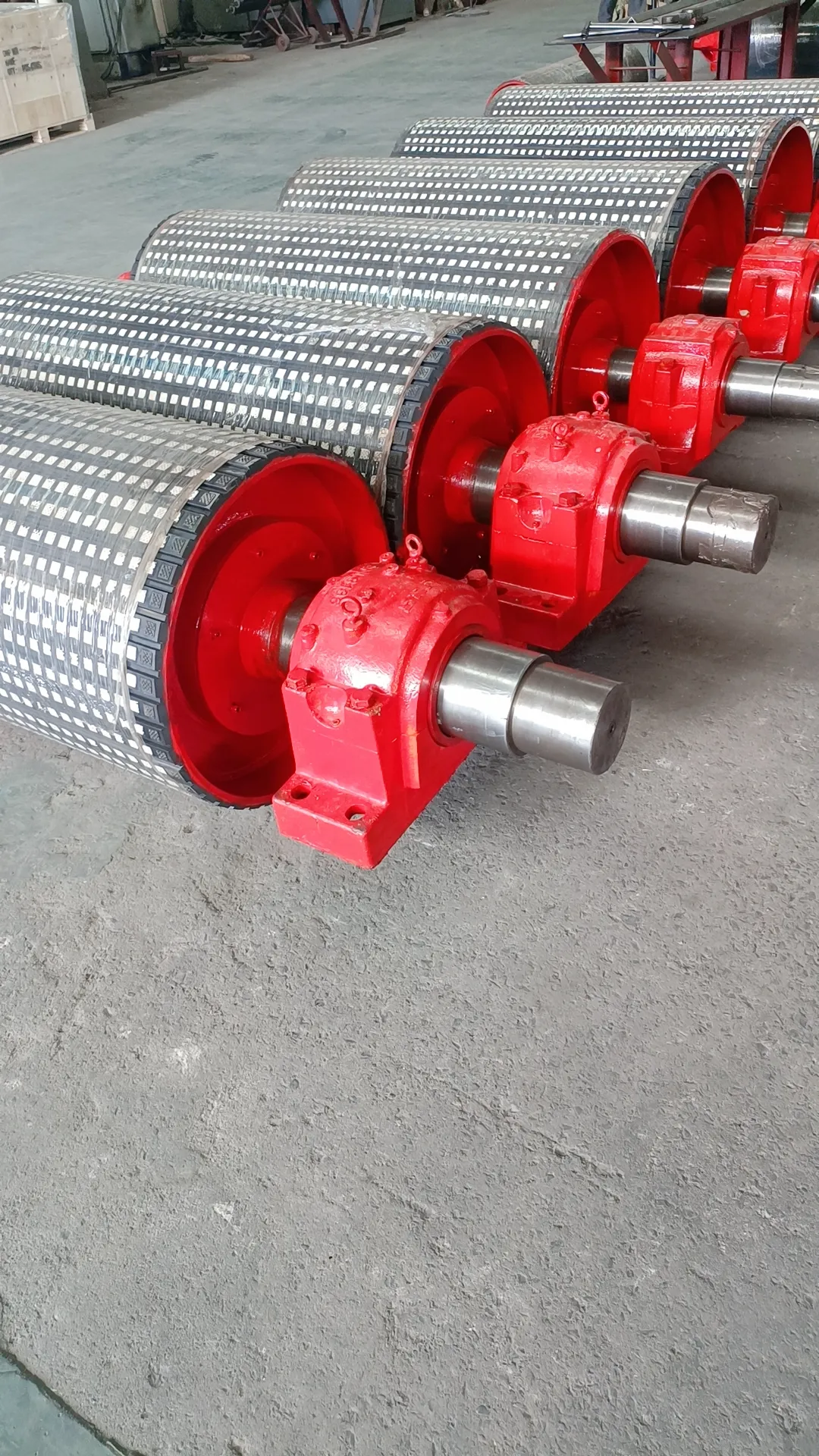 Afrikaans
Afrikaans  Albanian
Albanian  Amharic
Amharic  Arabic
Arabic  Armenian
Armenian  Azerbaijani
Azerbaijani  Basque
Basque  Belarusian
Belarusian  Bengali
Bengali  Bosnian
Bosnian  Bulgarian
Bulgarian  Catalan
Catalan  Cebuano
Cebuano  Corsican
Corsican  Croatian
Croatian  Czech
Czech  Danish
Danish  Dutch
Dutch  English
English  Esperanto
Esperanto  Estonian
Estonian  Finnish
Finnish  French
French  Frisian
Frisian  Galician
Galician  Georgian
Georgian  German
German  Greek
Greek  Gujarati
Gujarati  Haitian Creole
Haitian Creole  hausa
hausa  hawaiian
hawaiian  Hebrew
Hebrew  Hindi
Hindi  Miao
Miao  Hungarian
Hungarian  Icelandic
Icelandic  igbo
igbo  Indonesian
Indonesian  irish
irish  Italian
Italian  Japanese
Japanese  Javanese
Javanese  Kannada
Kannada  kazakh
kazakh  Khmer
Khmer  Rwandese
Rwandese  Korean
Korean  Kurdish
Kurdish  Kyrgyz
Kyrgyz  Lao
Lao  Latin
Latin  Latvian
Latvian  Lithuanian
Lithuanian  Luxembourgish
Luxembourgish  Macedonian
Macedonian  Malgashi
Malgashi  Malay
Malay  Malayalam
Malayalam  Maltese
Maltese  Maori
Maori  Marathi
Marathi  Mongolian
Mongolian  Myanmar
Myanmar  Nepali
Nepali  Norwegian
Norwegian  Norwegian
Norwegian  Occitan
Occitan  Pashto
Pashto  Persian
Persian  Polish
Polish  Portuguese
Portuguese  Punjabi
Punjabi  Romanian
Romanian  Russian
Russian  Samoan
Samoan  Scottish Gaelic
Scottish Gaelic  Serbian
Serbian  Sesotho
Sesotho  Shona
Shona  Sindhi
Sindhi  Sinhala
Sinhala  Slovak
Slovak  Slovenian
Slovenian  Somali
Somali  Spanish
Spanish  Sundanese
Sundanese  Swahili
Swahili  Swedish
Swedish  Tagalog
Tagalog  Tajik
Tajik  Tamil
Tamil  Tatar
Tatar  Telugu
Telugu  Thai
Thai  Turkish
Turkish  Turkmen
Turkmen  Ukrainian
Ukrainian  Urdu
Urdu  Uighur
Uighur  Uzbek
Uzbek  Vietnamese
Vietnamese  Welsh
Welsh  Bantu
Bantu  Yiddish
Yiddish  Yoruba
Yoruba  Zulu
Zulu snub pulley
Understanding Snub Pulleys Function, Design, and Applications
In the world of mechanical engineering and design, pulleys play an essential role in the transmission of power and motion. Among the various types of pulleys, the snub pulley is particularly significant due to its unique characteristics and diverse applications. This article provides an overview of snub pulleys, their functions, design features, and practical uses across different industries.
What is a Snub Pulley?
A snub pulley is a type of pulley that is typically used in belt drive systems to change the direction of the belt's motion, improve tension, and guide the belt along its intended path. It is characterized by its ability to create a tighter bend in the belt, which enhances the grip and contact with the driving surface. This feature is particularly beneficial in systems where a high level of friction is required to transmit power effectively.
Functionality of Snub Pulleys
The primary function of a snub pulley is to alter the direction of the belt. In many mechanical systems, belts need to change direction to align with various components, such as motors or machinery. The snub pulley provides this direction change efficiently, ensuring that the belt runs smoothly without slipping. Additionally, by increasing the belt's contact area with the driving wheel, the snub pulley helps in maintaining appropriate tension, which is crucial for optimal performance and longevity.
Design Features
A typical snub pulley is designed to be robust and durable, as it often operates under high tension and varying load conditions. The key design elements include
1. Material Snub pulleys are made from materials like steel, aluminum, or high-strength polymers to withstand wear and tear. 2. Diameter The diameter of a snub pulley is carefully calculated to ensure minimal belt wear while maximizing grip. A larger diameter can reduce stress on the belt, while a smaller one allows for tighter bends, depending on the application.
3. Friction Surface The surface of the snub pulley is typically treated or textured to enhance friction, providing better grip with the belt.
snub pulley

4. Mounting Efficient mounting mechanisms are designed to allow for easy adjustment and alignment within the belt system, ensuring optimal performance.
Applications of Snub Pulleys
Snub pulleys are used in a wide array of applications across various industries
1. Automotive Systems In vehicles, snub pulleys can be found in engine belts, helping to change the direction of power from the engine to ancillary systems like alternators and power steering.
2. Manufacturing Many manufacturing and conveyor systems utilize snub pulleys in belt drives that need to navigate complex paths, ensuring smooth operation and efficient product transfer.
3. Heavy Machinery In construction and heavy equipment, snub pulleys assist in the operation of mechanisms that require reliable power transmission over extended distances.
4. Elevators and Lifts Snub pulleys are vital in elevator systems where they guide and tension the cables, ensuring safe and reliable vertical motion.
Conclusion
The snub pulley is a small yet vital component in many mechanical systems, facilitating directional changes and enhancing belt tension in various applications. Its robust design and functionality make it indispensable in automotive, manufacturing, heavy machinery, and many other industries. As technology advances and the demand for efficient power transmission systems grows, the importance of snub pulleys in ensuring smooth and effective belt operation will continue to play a critical role.
-
Revolutionizing Conveyor Reliability with Advanced Rubber Lagging PulleysNewsJul.22,2025
-
Powering Precision and Durability with Expert Manufacturers of Conveyor ComponentsNewsJul.22,2025
-
Optimizing Conveyor Systems with Advanced Conveyor AccessoriesNewsJul.22,2025
-
Maximize Conveyor Efficiency with Quality Conveyor Idler PulleysNewsJul.22,2025
-
Future-Proof Your Conveyor System with High-Performance Polyurethane RollerNewsJul.22,2025
-
Driving Efficiency Forward with Quality Idlers and RollersNewsJul.22,2025





























